The Cultural Stories Behind 15 Seemingly ‘Weird’ National Dishes
Food gets labeled “weird” when we only focus on the look or shock factor. But every so-called oddity started as survival by smartly using what nature offered, climate allowed, or culture cherished. Below are fifteen national specialties that seem strange at first glance but make perfect sense when you know their story.
Escamoles – Mexico
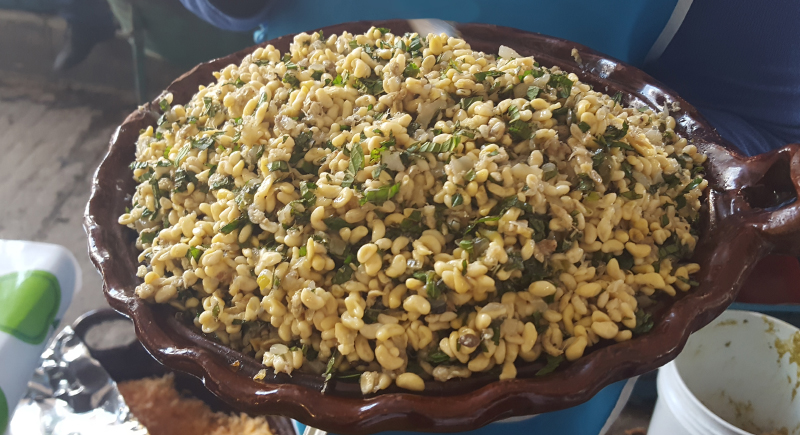
Credit: Wikimedia Commons
The so-called “Mexican caviar” is actually ant larvae and pupae harvested from the roots of agave or mezcal plants. Indigenous groups tapped into this seasonal protein source centuries ago, and it had a buttery, pine-nut-like flavor. Modern chefs simply sauté escamoles with butter, onion, and chili, then wrap them in corn tortillas.
Fugu – Japan
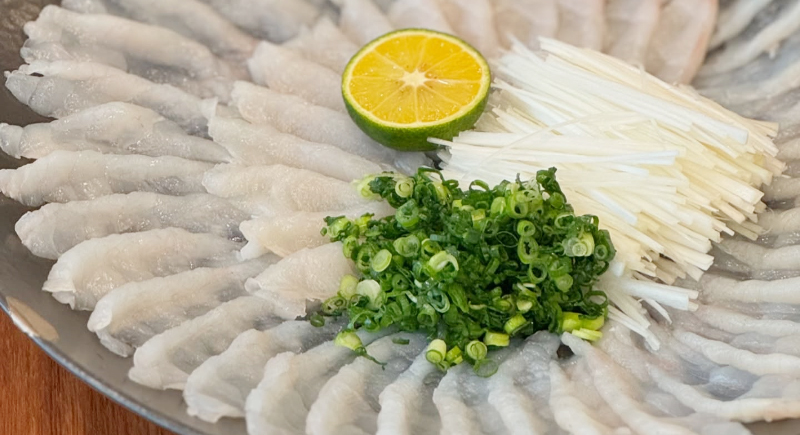
Credit: Instagram
In Japan, fugu is both dinner and dare. The pufferfish’s organs carry toxins strong enough to kill, so only licensed chefs are allowed to prepare it. Years of training go into slicing the flesh thin enough to be safe. For many diners, that risk is part of what makes the meal unforgettable.
Cask Marzu – Italy
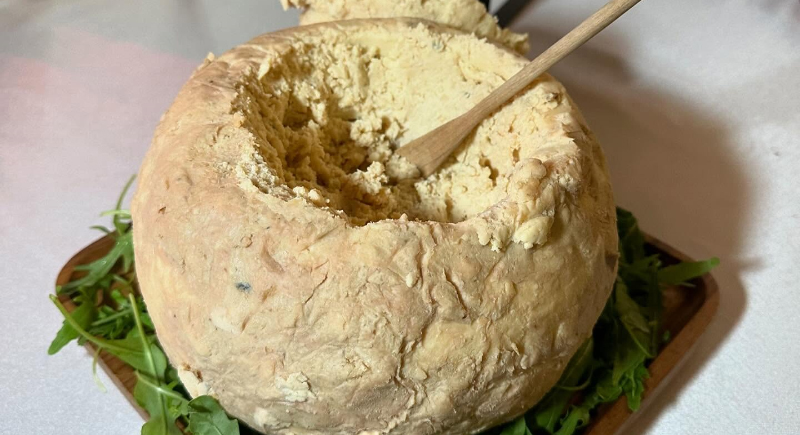
Credit: Instagram
On the island of Sardinia, cheese-making became “weird” when locals began aging sheep’s milk cheese with fly larvae. As the maggots break down the curds, the texture softens and the flavor turns sharp. Though the European Union banned its sale, families still make casu marzu privately, calling it a bold link to their past.
Chaprah (Ant Chutney) – India
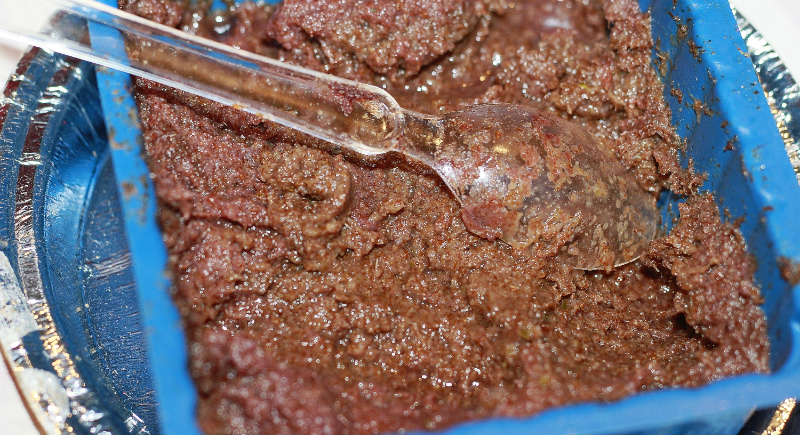
Credit: Wikimedia Commons
In eastern India, tribal cooks crush red ants and their eggs with chilies, tomatoes, and spices to make a fiery chutney called chaprah. The ants’ formic acid gives it a sharp tang that cuts through the heat. Packed in sal leaves and sold in markets, it’s eaten with rice or flatbread.
Pinecone Varenye – Russia
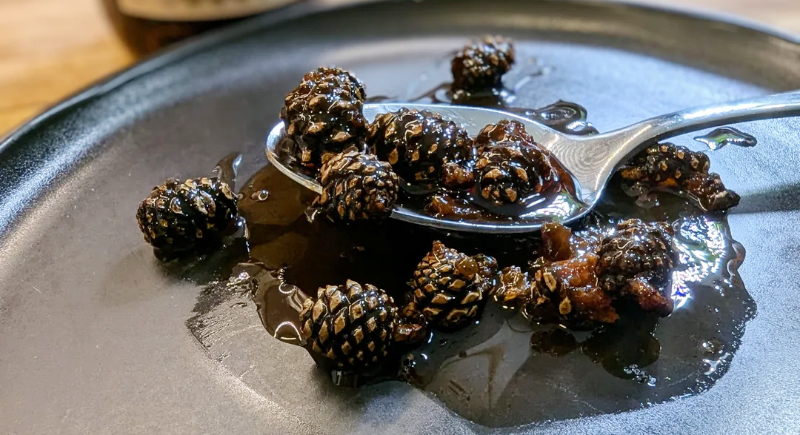
Credit: Reddit
In parts of Russia, young green pinecones are served as dessert. Locals boil them with sugar until the mixture turns into a thick, amber jam known as varenye. Once prized as a home remedy for coughs, varenye is still enjoyed today for its rich, caramel flavor and reminder of long, cold winters.
Surströmming – Sweden

Credit: Wikimedia Commons
Swedes learned centuries ago to keep herring edible through long winters by letting it ferment instead of salting it heavily. That invention became surströmming, a dish famous for its punchy aroma. The cans are always opened outdoors before serving the fish with potatoes, onions, and buttered flatbread.
Poronkäristys – Finland
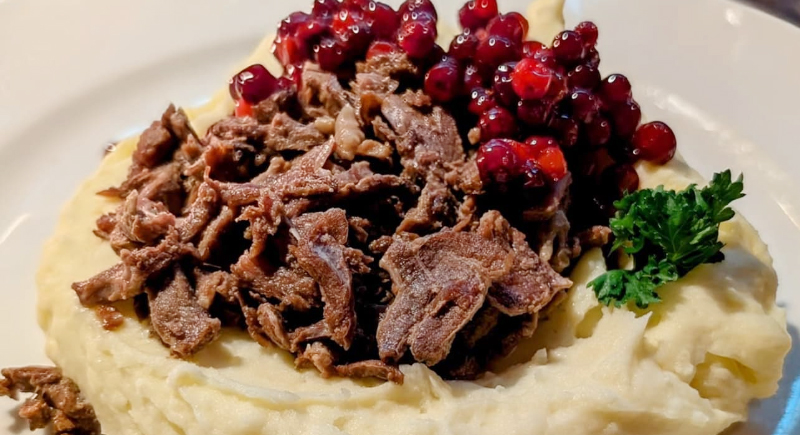
Credit: Facebook
Reindeer meat has long been part of life in Finland’s far north, where Sámi herders relied on the animals for food and clothing. Sliced thin and simmered with butter, onions, and beer, the dish turns tender and hearty. It’s still enjoyed with mashed potatoes and lingonberries when the Arctic cold sets in.
Balut – Philippines
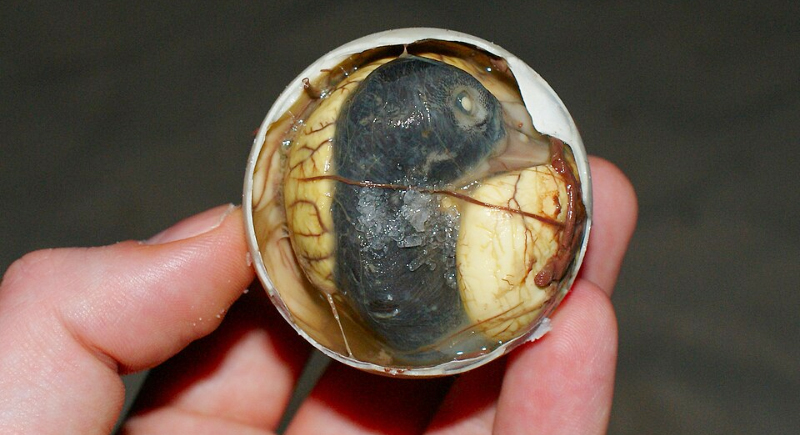
Credit: Wikimedia Commons
Balut, a fertilized duck egg boiled and eaten warm, might shock at first glance. Yet for Filipinos, it’s a beloved street food. Ducks are easy to raise in rice fields, making this snack both cheap and filling. Locals crack the shell, sip the savory broth, and season it with salt or vinegar.
Witchetty Grub – Australia

Credit: Wikimedia Commons
In Australia’s desert regions, the witchetty grub once helped Indigenous communities survive tough seasons. High in protein and packed with healthy fats, it can be eaten raw for a nutty crunch or roasted for an eggy flavor. Long before sustainability became a buzzword, it was an example of smart foraging.
Snake Wine – China

Credit: Wikimedia Commons
Snake wine started as traditional medicine in China, where healers steeped venomous snakes in rice wine to boost strength and circulation. The alcohol neutralizes the toxins, leaving a sharp, earthy drink that’s sipped sparingly. Bottles filled with coiled snakes still line market shelves in southern China and Hong Kong.
Hákarl – Iceland
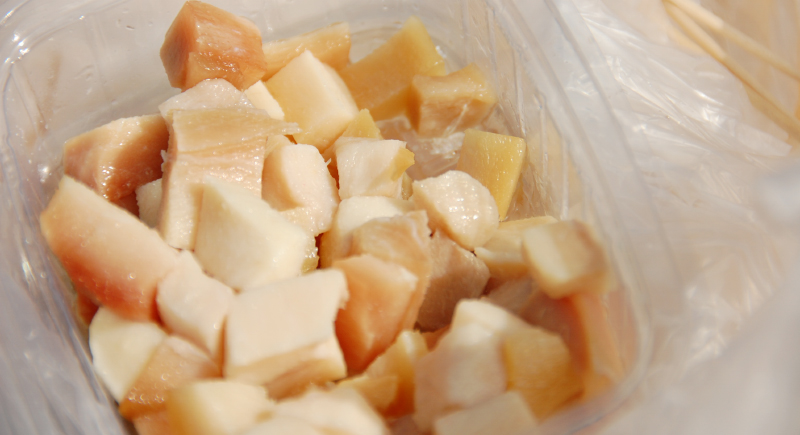
Credit: Wikimedia Commons
Icelandic fishermen once buried Greenland shark meat to make it safe to eat. Fermenting underground removed toxins, and months of drying finished the process. The result, hákarl, carries a strong ammonia scent and sharp taste. It may seem extreme, but it’s a reminder of how people endured Arctic scarcity.
Ugali – Kenya
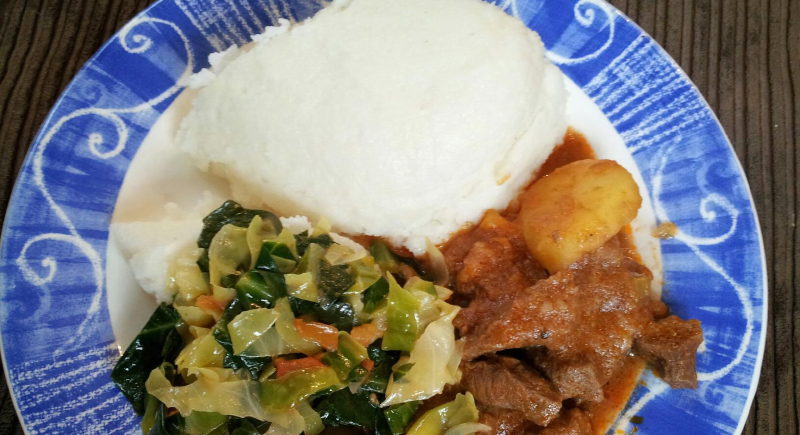
Credit: Facebook
Made by stirring maize flour into boiling water until it thickens, ugali is Kenya’s most universal meal. It’s scooped up by hand and served with stews, greens, or grilled meat. Its dense, doughy texture can surprise first-timers expecting rice or bread. But in Kenya, that simplicity is the point.
Muktuk – Greenland
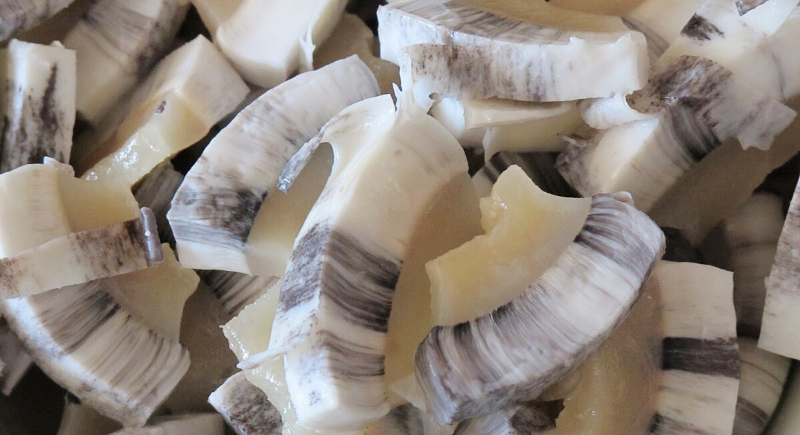
Credit: Wikimedia Commons
Muktuk, made from whale skin and blubber, has long kept Inuit communities in Greenland strong through brutal Arctic winters. It’s eaten raw, boiled, or frozen and provides hard-to-find vitamins A and C. The chewy texture and mild ocean flavor show a long history of using what the environment offers.
Manapua – Hawaii (USA)
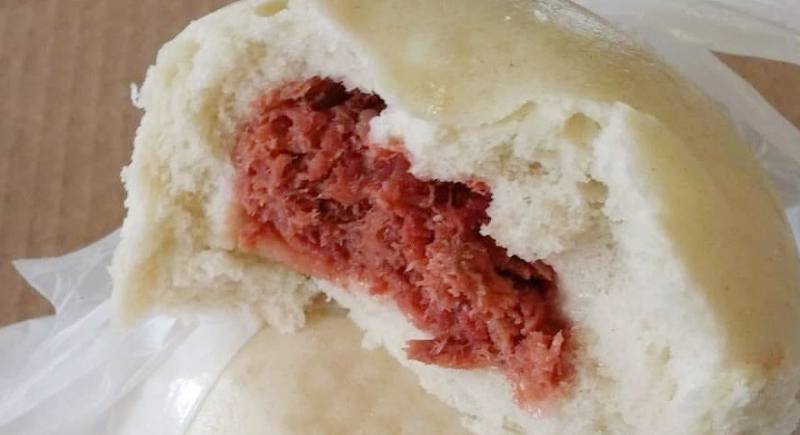
Credit: Wikimedia Commons
Manapua began as Chinese char siu bao and changed over time in Hawaii’s diverse food culture. The buns became larger and packed with fillings like pork, chicken, or sweet potato with pineapple. Sold from food trucks and bakeries, it’s an everyday snack that tells how different cultures shaped Hawaii’s food and community.
Haggis – Scotland
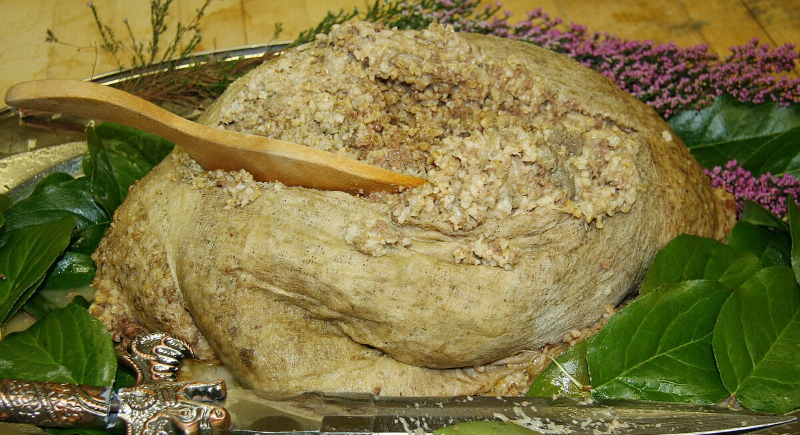
Credit: Wikimedia Commons
Haggis began as a way for Scottish shepherds to use every edible part of a sheep. They minced the organs, mixed them with oats and spices, and boiled the mixture inside the stomach for easy carrying. Modern versions focus on flavor: rich, peppery, and comforting beside mashed potatoes and turnips.